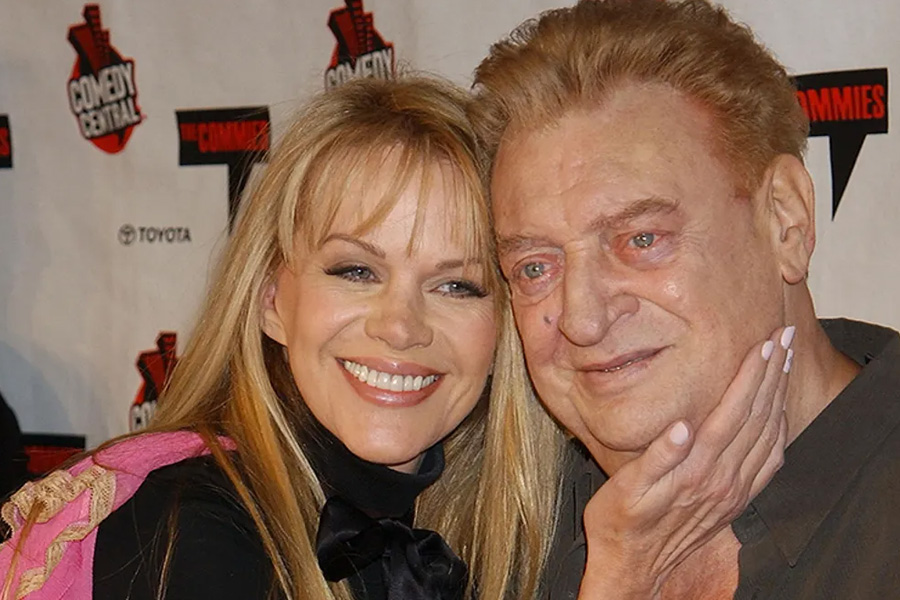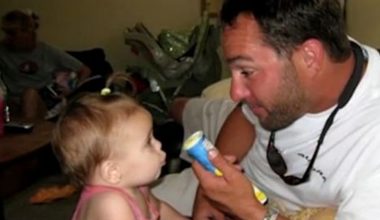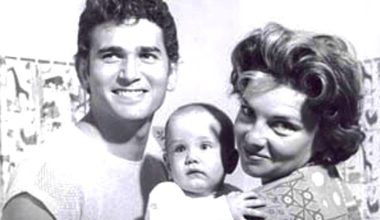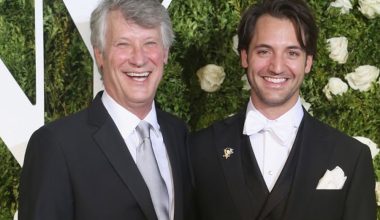Basic Information
| Field | Details |
|---|---|
| Full name (as known) | Joyce Indig |
| Occupation | Nightclub / pop singer; recording artist (mid-20th century) |
| Active era | Primarily 1940s–1950s (performances, record releases) |
| Notable relationships | Rodney Dangerfield — husband (married, divorced, reportedly remarried and divorced again) |
| Children | Brian Roy (son — reported born circa 1960), Melanie Roy-Friedman (daughter) |
| Parents (reported) | Rhea Indig and Max Indig |
| Record credits | Mid-century releases (78 rpm records; label associations reported) |
| Reported life dates | Appears in some genealogical records as 1927–1977 (treated as user-submitted data) |
| Net worth | No authoritative public net-worth records located |
Opening confession: why Joyce Indig matters to me
I fell down a rabbit hole of vinyl labels and gossip columns and kept bumping into one name — Joyce Indig — stamped in an old Mercury label, written in the margins of a family tree, and whispering from the footnotes of a much louder biography. She isn’t a marquee name in the way some mid-century stars are, but she’s the kind of figure that makes history feel intimate: private yet public, a singer whose recorded 78s sit beside a comedian’s punchlines on a family shelf. I want to trace that shape with you — the singer, the wife, the mother, the woman who stood behind (and beside) some bigger headlines.
Early life and family scaffolding
The picture that survives in public traces is fragmentary but human: Joyce — eldest daughter of Rhea and Max Indig, according to user-submitted genealogy notes — growing up in an America freshly electrified by radio and the nightclub circuit. The dates that crop up in cemetery and family listings suggest a birth year in the late 1920s, which would place her formative years squarely in the swing era. Imagine that: teenage nights listening to big bands, a new microphone in a smoky club, ambitions tucked into the lining of a coat.
A singer’s arc — records, clubs, and a small fame
If you follow physical artifacts more than press clips, Joyce Indig registers as a working vocalist: record credits on mid-century releases, nightclub appearances, and a smattering of TV and broadcast listings in old program guides. Think of the 78 rpm era — the tiny discs with big sound — and picture Joyce’s voice carried by an orchestra, her name printed on label art, her presence more tactile than permanent. She had the professional credentials: releases, credited performances, TV listings — the kind of career that earns you respect in musicians’ circles and a footnote in entertainment history.
Numbers matter here: the 1940s and 1950s were the golden teeth of nightclub circuits (dozens of clubs, hundreds of gigs), and her footprint fits that scale — a working performer, not a headline monopolist, but someone with records that collectors still find interesting. Those records are her proof: tangible, playable, stubbornly real.
Marriage, privacy, and a noisy husband
Joyce’s life is most often discussed in the echo of a louder name — Rodney Dangerfield, the comedian born Jacob Cohen whose “I don’t get no respect” became a cultural tag. The public record (and its contradictions) reports that Joyce was married to him; they married, divorced, and at least one report suggests they remarried and divorced again. Married life with a rising comic must have been complicated — the late nights, the touring, the persona that swelled into a brand.
And yet, the private counters of family life continued: two children — Brian Roy and Melanie Roy-Friedman — who carry both names and narratives forward. Brian is reported to have been born around 1960; Melanie’s life later intersected with legal and estate stories tied to her father’s legacy. The household was, by all accounts, a place where showbiz and familial duty braided together — a kind of backstage where personal and professional kept swapping roles.
The children — brief introductions
- Brian Roy — Joyce’s son, reported to have been born circa 1960. He surfaces in genealogical mentions and in the scattered references that track family lines around the Dangerfield name. He is the living link between Joyce’s quieter legacy and a world that paid attention to his father’s spotlight.
- Melanie Roy-Friedman — Joyce’s daughter, whose name appears in later stories around the family estate and the stewardship of her father’s material; she is also an heir of the tangled legacy of fame, privacy, and legal wrangling that often follows comedians and their estates.
The shadow work: money, fame, and missing ledgers
Here’s a blunt ledger entry: there’s no authoritative public accounting of Joyce Indig’s net worth. She’s not a celebrity finance headline. Her monetary footprint, as seen in public records, is negligible compared to the cultural footprint of the man most people associate with her. That absence tells its own story — one of many mid-century performers who made art and memories without celebrity finance pages following them around.
Anecdotes, myths, and the way history shrinks and swells
I love the way small artifacts — a record label, a broadcast listing, a grave listing — insist on being read as evidence. They turn rumor into a breadcrumb trail. There are contradictions: marriage dates don’t always line up; credits are sparse; family trees are user-filled and therefore human (read: flawed). But the pattern is clear enough: Joyce Indig was a real person who did real performing, who married, who had children, and who now lives mostly in the margins of a much louder showbiz narrative.
Why tell this story now?
Because culture often remembers the punchline and forgets the cue: the singer who warmed the room, the wife who signed the ink, the mother who raised two children while a career — hers or her husband’s — took the lights. I like to imagine Joyce’s voice in a nightclub in 1951: a cigarette glow, a clinking glass, a microphone that asked for everything and returned only applause and the next booking.
FAQ
Who was Joyce Indig?
Joyce Indig was a mid-20th-century nightclub and pop singer who is also known as the first wife of comedian Rodney Dangerfield and the mother of two children.
What recordings did she make?
She is credited with mid-century record releases — small-press 78 rpm records and credited singles — that survive in collector catalogs.
When did she live?
Some genealogical records list a birth and death span of 1927–1977, though those listings are user-submitted and treated cautiously.
Who are her children?
Her children are Brian Roy (reported born around 1960) and Melanie Roy-Friedman.
Was she wealthy?
No authoritative public records list a net worth for Joyce Indig; she does not appear in public financial profiles.
How is she connected to Rodney Dangerfield?
She was married to Rodney Dangerfield; public records and biographies indicate they married, divorced, and reportedly remarried and divorced again.
Are there family disputes or legal stories?
Later reporting around the family mentions estate and rights questions tied to Rodney Dangerfield’s material, in which Joyce’s descendants are names that appear in the narrative.
Where can I hear her work?
Her recordings occasionally surface in collector marketplaces and archival record lists — the physical 78s and reissues are the main way her voice persists.



